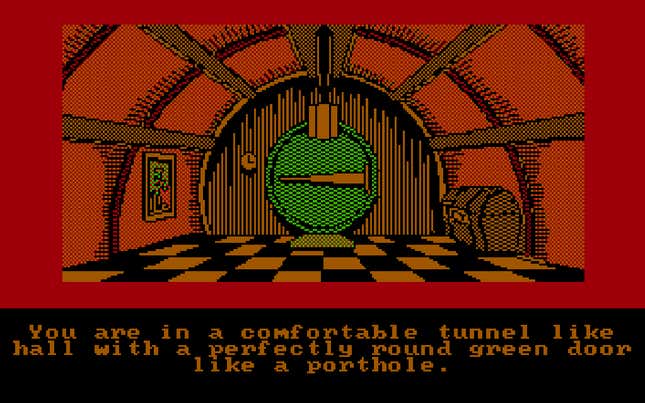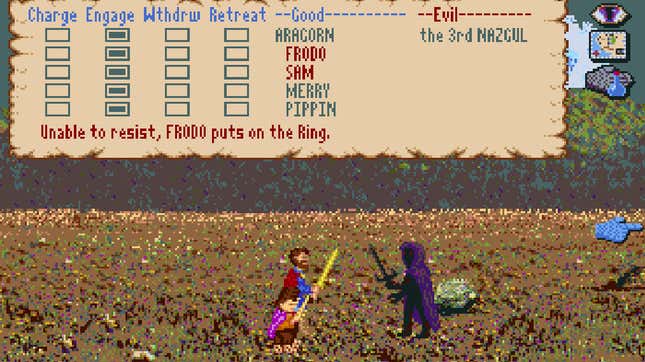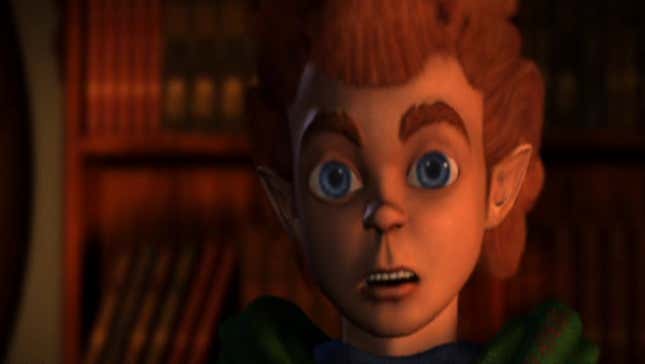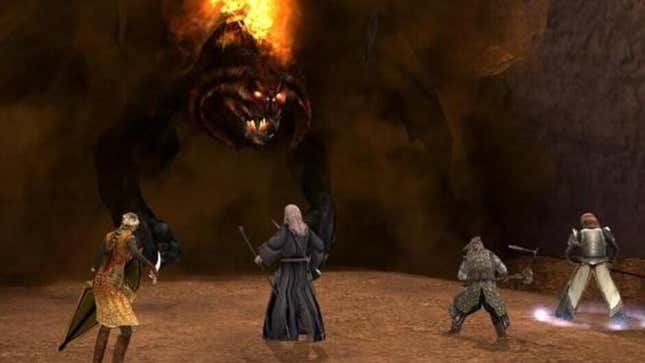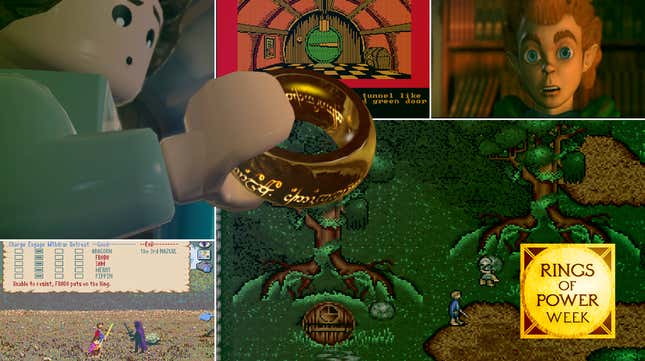
Few things sketch out a near-complete cross-section of nerd culture better than video gaming and The Lord Of The Rings. Almost since personal computers first became a thing, programmers and designers have been trying to shove the whole breadth of J.R.R. Tolkien’s Middle-earth into them, translating playground fantasies of hobbits, ents, and elves into the digital realm.
Some of these games have been straightforward adaptations—most notably the games Electronic Arts published in the mid-2000s, directly adapting Peter Jackson’s massively successful LOTR film franchise. Others, though, have been far stranger: The result of diehard fans attempting to craft a version of the books that ignited their love of fantasy into a medium not especially well-disposed to receiving them. After all, Tolkien’s work remains, in many ways, an outlier in the genre it helped spawn: sprawling, lyrical, strangely pacifistic—and completely opposed to power fantasies. That latter aspect, especially, makes them an odd fit for gaming, a medium that never met a magic ring it didn’t like.
Hence these seven oddities, all based off of either The Lord Of The Rings or The Hobbit, and each wrestling, in their own ways, with capturing the essence of what endures in Tolkien’s works. Some were more successful than others. Some commit minor-to-major aesthetic crimes. At least one posits that we might all be a lot better off with Frodo Baggins dead. But they’re all united by one thing: Someone, somewhere, thought they were a fitting gaming tribute to The Lord Of The Rings.
